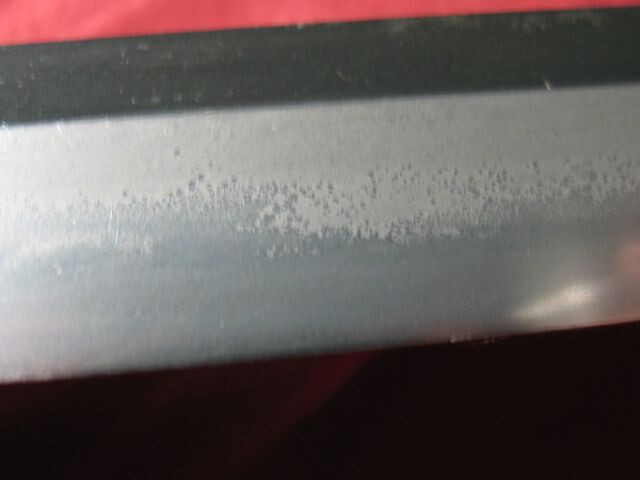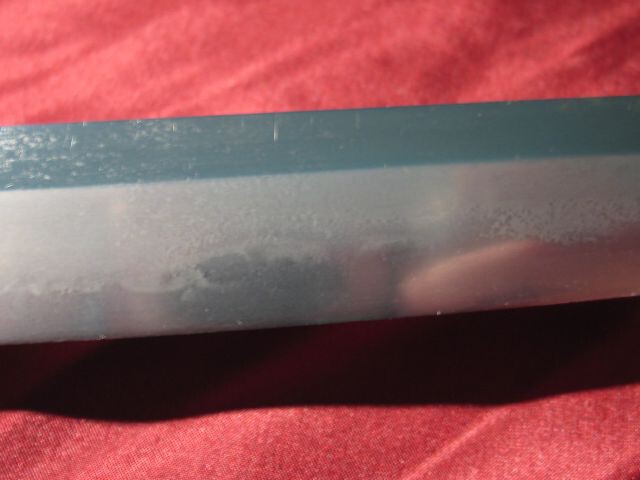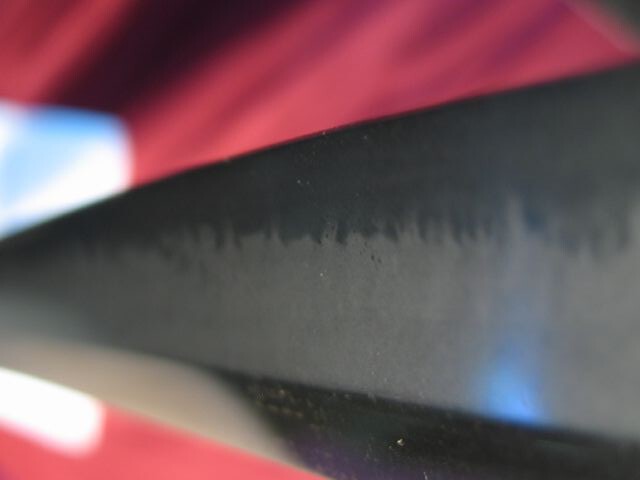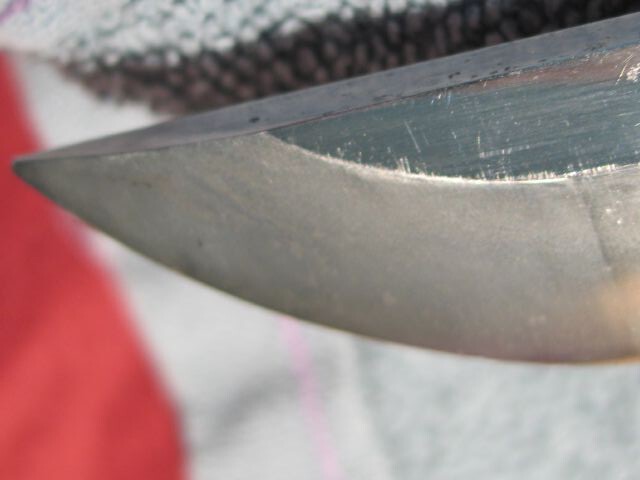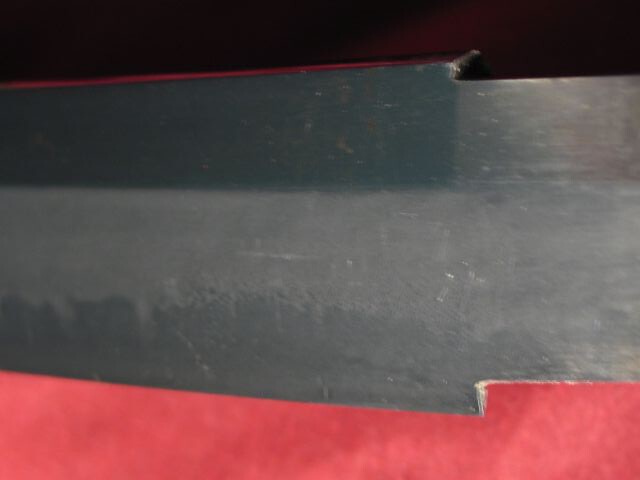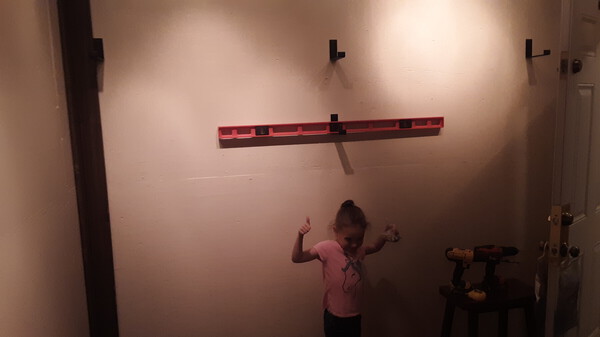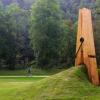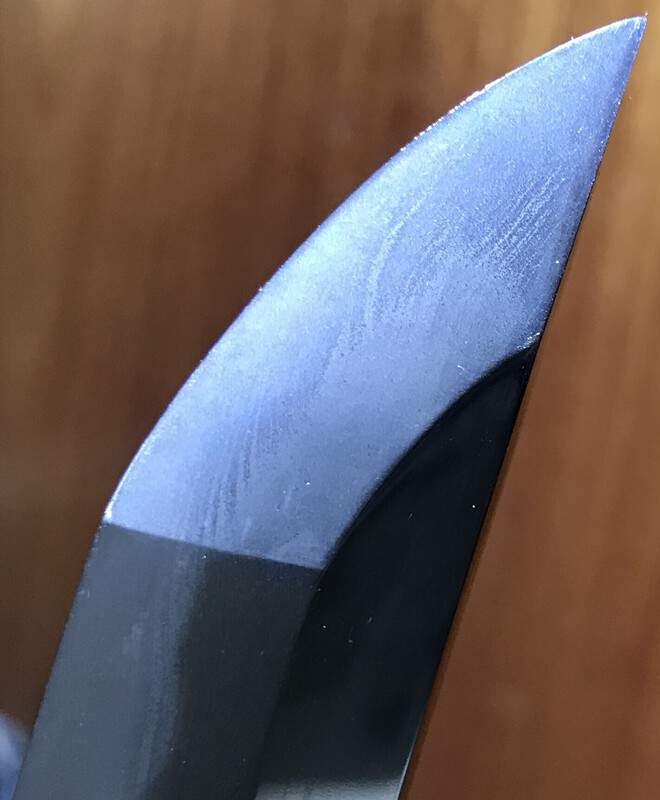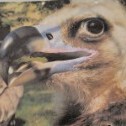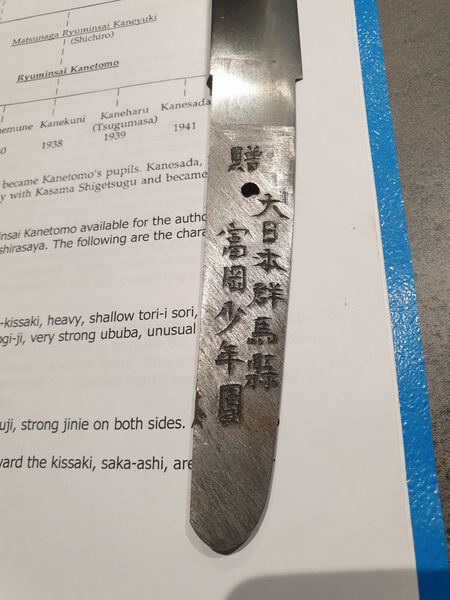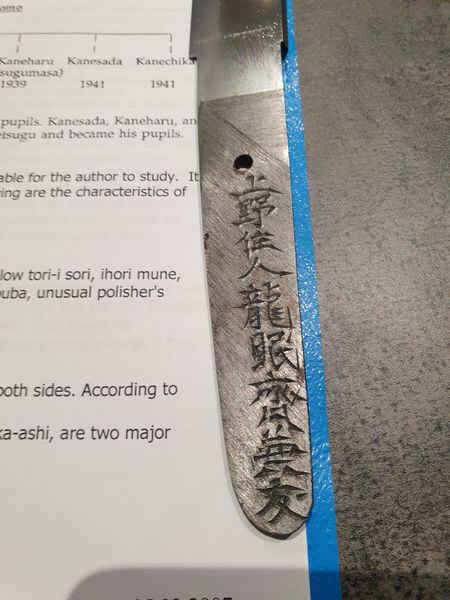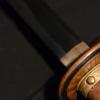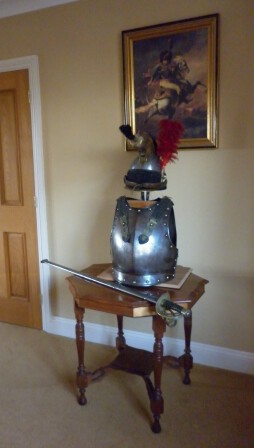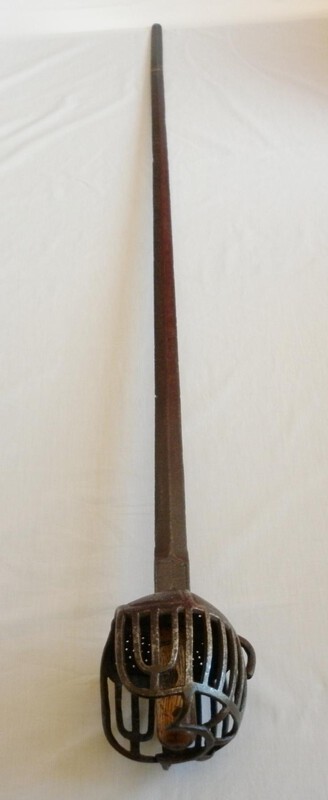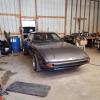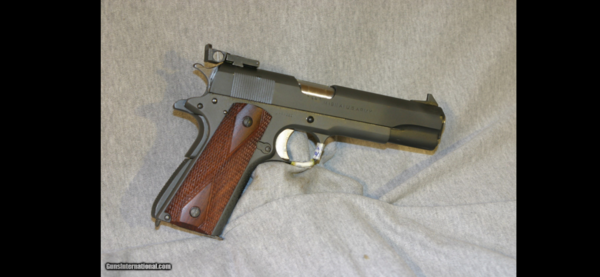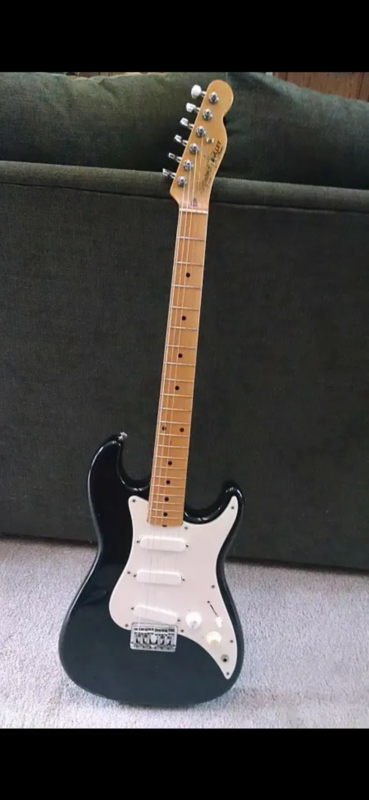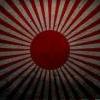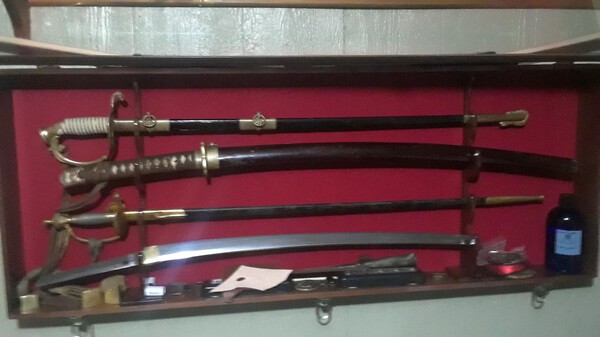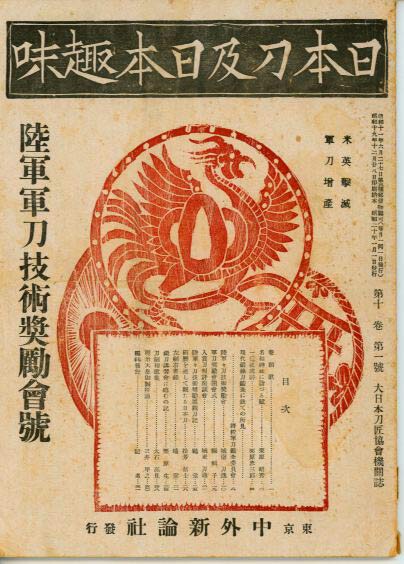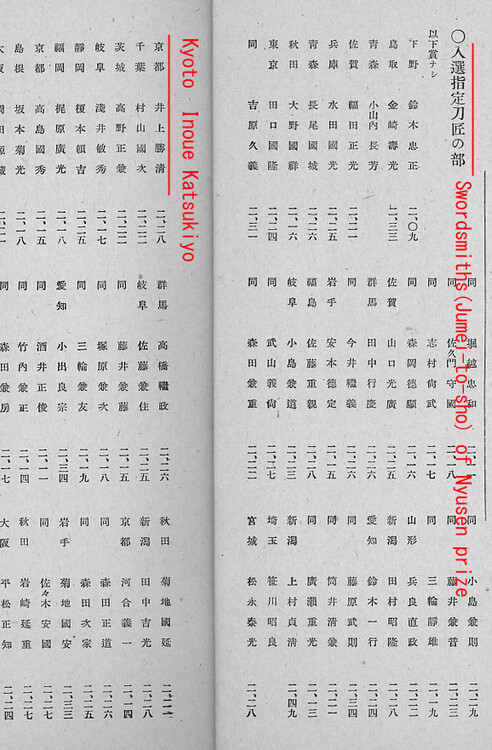Leaderboard
Popular Content
Showing content with the highest reputation on 07/28/2021 in all areas
-
If I may, I'd like to suggest a change in approach. Those of us who could easily see the sword as a fake were able to do so, not because we have memorized a list of rules (the kanji shouldn't be too spread out, for example), but rather, because we have looked at so many of the real thing. Once you set a rule that says no real Nihonto have wide spread kanji in their mei, some sword will pop up with atypical spacing and prove you wrong. However, once you have looked closely at 1,000 true Nihonto, either in hand or in a good book, you will never be fooled by a sword like the one up top. Study Grasshopper. Grey4 points
-
3 points
-
Re Item No.86 Some photos of the box as featured . This is made from over 1000 year old Japanese Cedar and still has the classic cedar fragrance. I understand that trees of this sort of age are classified in a similar way to ancient monuments. It is illegal to use any wood from them unless it is as a result of storm loss or natural death. This means that the wood is greatly sought after...3 points
-
3 points
-
I'm new to collecting. Began collecting WW2-era vintage pistols last year, and began Gunto collecting this year. I still add to my pistol collection, but the Gunto collecting has consumed me this year. Parts of my collections are pictured in the photos below. Always had an interest in WW2 since I was a kid (Grandpa served in the war - U.S. Army, ETO), but, as stated, just recently got into collecting. I'm learning these are expensive hobbies. Lol3 points
-
As to the the blades themselves, someone whispered that we (from outside the prefecture) were invited ‘staff’ and not participants per se. For this reason we were not entering slips with attributions. The long blade in first position was a Nagamitsu, and later in the car I was asked if I remembered it from a viewing late last year. Some of our members seem to have photographic memories! A problematic blade was a lovely Katsumitsu with Kin Zōgan Mei that few were able to guess correctly. But the real trick was blades four and five. As different as two blades could be, they were both actually by Inoué Shinkai of Ōsaka. “Most people got one or the other, but no-one got both!” said the commentator. One blade was a ‘young’ example by Izumi no Kami Kunisada, three years before he took the name Shinkai. The Tanto in fifth position from towards the end of his life, looked nothing special to me, just a straight suguha, and I put it down rather quickly after a perfunctory examination. But in my mind it stayed bright and shining; mentally I could not put it down. Like purest cream, or butterscotch, the jihada and smooth hamon line continued to call me, blotting out all else.3 points
-
2 points
-
Copying shamelessly the spirit and style of Guido's report on the tomb of Masamune, I thought a quick description of Sunday's NBTHK meeting might keep the wolf from the door a while longer. Sunday, 25 July 2021. We drove a couple of hours to Minatogawa Jinja in Kobe for the Hyogo NBTHK branch meeting, carrying some serious blades to test their abilities. (Sadly the lunch, being a quick Japanese affair at a greasy spoon nearby could not compare, though.) During a lull in the sword appreciation proceedings, I took a quick stroll around the precincts for some photos of the atmosphere. There were visitors here and there in small numbers, but my impression was that they had come to pray, not as tourists. Although a brilliant military strategist and special hero in Japanese history, 'Kusunoki Ko' 楠公 1294- 1336(?)was elevated to higher status in the Meiji Period. There is a movement afoot today to persuade NHK to do a year-long 'Taiga Drama' on his life. As you will see in the photo below I signed a voting slip and popped it into the box. Photos of the tomb and the larger shrine area from my phone will follow. For those of you who have already visited the shrine in Kobe, this will be old hat. Please feel free to add your own photos, perpective, understandings, etc.2 points
-
2 points
-
Item No. 86 - Set for Daisho pair in mixed metals Related themes on a recently mounted set of fittings by Ford Hallam These were made approx 18years ago as a commission for a U.K. collector and show themes or associated subjects such as tiger and bamboo , dragon and rain ,the chinese ' four gentlemen ' , autumn leaves etc. I will post some additional views of the fittings seperately , also of the box.2 points
-
忠義 Chūgi Introductory video here shows some of the swords and armour on display in their museum.2 points
-
My fascination with Japanese military stuff doesn't not stop at edged weapons. I have uniforms, flags, banners, documents, sake cups, hats, caps, belts etc. Japanese WW2 medals are especially beautiful and interesting. Including those sent to families of troops killed in action. Here are a few to enjoy.1 point
-
1 point
-
Referring back to the original thread where I posted general information: This is now the second blade of his collection. What I missed to picture with the blade in this thread here is the wonderful saya/texture on the outside. It is not only lines, but has several times applied what looks like roses to me. The blade looks to be quite out of polish and has been remounted a few times. Tsuba of this blade has a signature on it too.1 point
-
It may surprise one at what is used for effect in some nuri. This appears to me to be fish scales. It is a pleasant effect. John1 point
-
1 point
-
Took us from January to last month to get our grading back. Everybody stayed home collecting cards from covid ....and the price jump flooded PSA.... Its actually put a dent in the market because people have so much invested setting there and they can't spend the money cuz It can't sell1 point
-
Your Pattern 8 sword was made by Jinsen Army Arsenal in 1945. It is more likely to have been obtained in Korea during the postwar occupation. The US Army stationed two divisions in Korea immediately after the war. The inspection mark that is referenced in post #3 will look like this ヘ. Below is a link to another Pattern 8 sword showing the various locations of the ヘ inspection mark. Questions about "late war", NCO swords1 point
-
1 point
-
Dear Eric. The fittings are not standard WWll ones but it is not that uncommon to find swords in simple civilian mounts with the addition of a hanger for use in the war. Your sword might have had a leather combat cover over the saya. Personally I would leave them as they are. All the best.1 point
-
Bizen Tobei Sukesada Tanto in Shirasaya with Koshirae, NBTHK Hozon Certificate sold https://nihonto.com.au/product/sukesada-tanto-in-koshirae-nbthk-hozon-certificate/1 point
-
1 point
-
A (spare?) tsuba was sometimes used as a Netsuke, i.e. it could anchor anything you might want to hang from your obi. The holes were useful that way. Recently offered at auction I found a tsuba in an old drawer of bits and bobs. It had a braided string tied in a complicated series of knots encompassing the nakago and both hitsu ana, hiding the surface features. No-one really bothered to bid. I won, took it home and removed the hardened stringing. Not a bad tsuba underneath, iron, takabori design, and fairly large! "Used, but never abused." 8.5 x 8.0 cm1 point
-
I got out some Ainu knives for a presentation at a local museum and thought there might be some interest in them here. I am not sure these are "Japanese" blades but they ARE related. Indeed, I have formed three collections of Ainu objects, but I've given two of them away and formed this bunch only because they were there. Most of the "blades" are Japanese (or other "Asian') cutlery, but please take a look at the bear face bag that was fitted out with a "netsuke' that we collectors see as a very ordinary iron tsuba. Thank you for looking! Peter1 point
-
1 point
-
Not a problem...wishing you the best with your sale. Nice blade at a nice price.1 point
-
I've a star stamped gunto signed "I (no) ue Katsukiyo saku", dated "autumn 1944". I know (through communicating with Geo. Trotter-who dredged up the details) that Katsukiyo was the name used by the "future" Sadakane while studying with Sadakazu/Sadakatsu. Question: When did Sadakane begin using the "Sadakane" mei, and was there a son/student using the "Katsukiyo" mei? My thanks.1 point
-
1 point
-
Alton - When I started out I was a poor student (then as now) no funds for these pricey toys so I determined early on that I would learn as much as I possibly could and see as many good swords as possible to build a collection in my head that no thief could steal. I feel I have been successful and along the way thru the kindness of other collectors I have put together a modest collection of real blades of which I am proud. Stick to your studies and the same can happen for you... -t1 point
-
Yes, flatten out that tag and give us a good shot of it. I can make out part of an address in Ochi-gun, Setozaki-mura (a place in Ehime Prefecture). The rest of the tag will have the name of the original owner, and maybe pinpoint the address. Edit: I can pick out part of the name. 囗藤精 The 藤 character can be read either as tō or fuji. It depends on what the preceding character is. So that means the family name will be something like 左藤, 斎藤, 伊東 (Satō, Saitō, Itō) or something like that. Or, it could also be 山藤, 高藤, (Yamafuji, Takafuji). The first name is probably is Kiyoshi, but there are multiple possible readings for the 精 kanji when it is used as a name.1 point
-
It says 二条堀川住 - Nijō Horikawa-jū 顕珠作 - Kenju saku It means Kenju of Nijō Horikawa (a section of the city of Kyōto) made this. It actually looks like it was cast from a mold, rather than hammered and carved. Cast replicas of real tsuba are very common.1 point
-
Looks like successful bidder actually paid 550,000 Yen.....around US $5K.....blows me away. Might hold ontk the 95's until Japan relaxes it's import laws a little 😉 Rob1 point
-
No one has said it yet, but the best way to learn about nihonto is to buy the various books out there, attend sword study groups, and handle authentic pieces in hand (asking collectors in your area is the best way). Once you've got some experience under your belt, then you should start looking towards your first piece. Reliable and safe places to buy one include here from fellow board members and the websites listed under "Nihonto Info - Commercial" pages at the top. Those dealers are also members here and are honest folk. Personal recommendations of mine include Ed at Yakiba and Andy Quirt at nihonto.us; aside from that, stay far away from eBay and other auction sites until you've got experience to be able to identify the key traits that made a nihonto what it is! Auction sites tend to be where the sharks are. Skipping the above steps, you'll be paying for a rather costly education through the experience of being fooled by imitations and poorly-made/poor condition pieces. I'd recommend against that path as said before, it gets very costly and yields disappointing results most of the time.1 point
-
1 point
-
Full payment in advance would be standard. A payment plan should only be considered if the member has a long history with lots of references.1 point
-
1 point
-
I have mentioned this before and it is my belief that modern trained polishers togishi do not emphasise the sharpness as much as the cosmetics of the blade. Old field polishes were 'in the white' and very sharp. The Edo peace changed what was more desirable in viewing than hewing. John1 point
-
Where is the "Show us your Low-class Gunto" thread? That could be interesting! Lol1 point
-
1 point
-
1 point
-
1 point
-
Real nice French cavalry armor, Paul. I also believe Napoleonic stuff has always been real nice collection material. Should you ever be in Belgium, the 1815 Waterloo museum is great!1 point
-
1 point
-
Hello, The first photo is a French 1st Empire Cuirassier Ensemble and the second photo is a Scottish basket hilted sword with a very long Elizabeth 1st blade. The house is full of stuff !.I have tried collecting lots of things but keep coming back to and cannot seem to let go of...shin-gunto ... an "itch I cannot scratch !!! ", Regards, Paul,,,1 point
-
Picked up a couple a few Japanese medals for display, they're pretty cheap due to the astounding number of "Orders" for some of the medals. Indeed the lower order of popular medals can be bought almost by weight! Other than that a few flags, odds and ends like Sake cup, Generals parade sash and other things you unearth on ebay, militaria sites or locally. Japanese military swords are the only thing that have really grown into a "collection" proper though.1 point
-
That sword looks to have kizu with the blue diamonds used to hide the flaws! Haha! I like it, fun to ward off the kiddos! I used to collect pens, guitars, Japanese classics and German handguns and quite a few others (my top three surplus were a 1937 Walther PP in 9mm Kurz, a 1941 T94 Nambu with two matching mags, and a P27 Mosin). I also worked and owned, not at once, an '85 Celica GTS, a '79 RX7 LE, and traded my Miata for an '85 RX7 GSL-SE, which I miss dearly. I used to collect a lot of militaria, to buy and sell, with the pieces given to me by vets as my keeps (which I still have) and the others as needed. My best finds were an SS dagger, an SS Smock, and an FJ smock. All sold Alas, in my collection, is an Esterbrook LJ, a Colt M1911 modified for National Matches, an 83 Squier Buller, and my 73 Honda Civic as my project when I return from Japan. Very very rusty, with quite a bit of solid steel, but much welding needed.1 point
-
Beat me to it, Chris! I'm a hoarder and collector by nature, but I have a few bits of Japanese militia and a few kaskara swords, which I really like but don't seriously collect.1 point
-
1 point
-
Hi George san, Oh yes, It contaeins Nagao Kunishiro, and also Ichihar Nagamitsu,Akimoto Akitomo,Tanaka yoshimitsu,---etc,. The Gunto-exhibition was opening in December 1944. As you know, The name-list of this Gunto-exhibition appeard on [Nihonto oyobi Nihonshumi] 1945,#1. Unfortunately, Oshigatas were not appeard in this issue.1 point
-
1 point







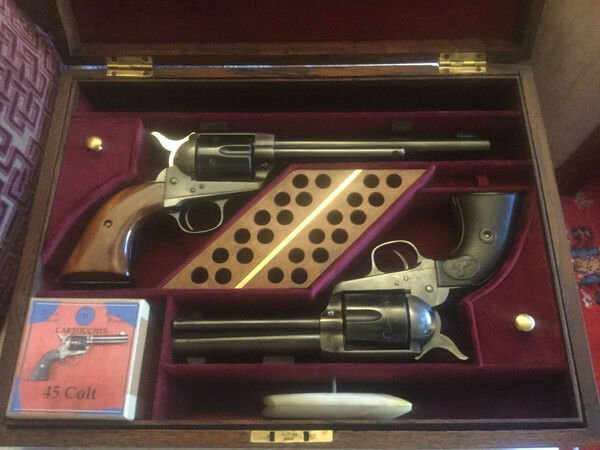





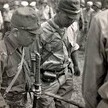


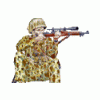







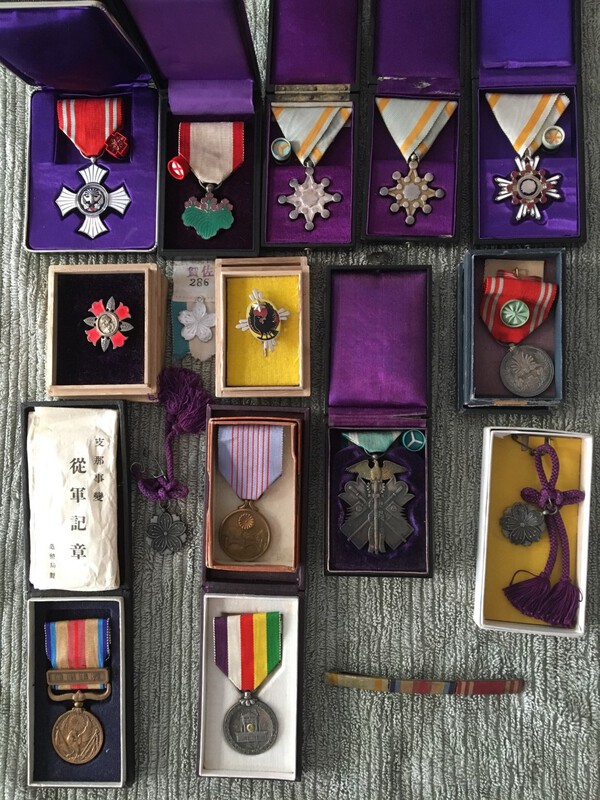
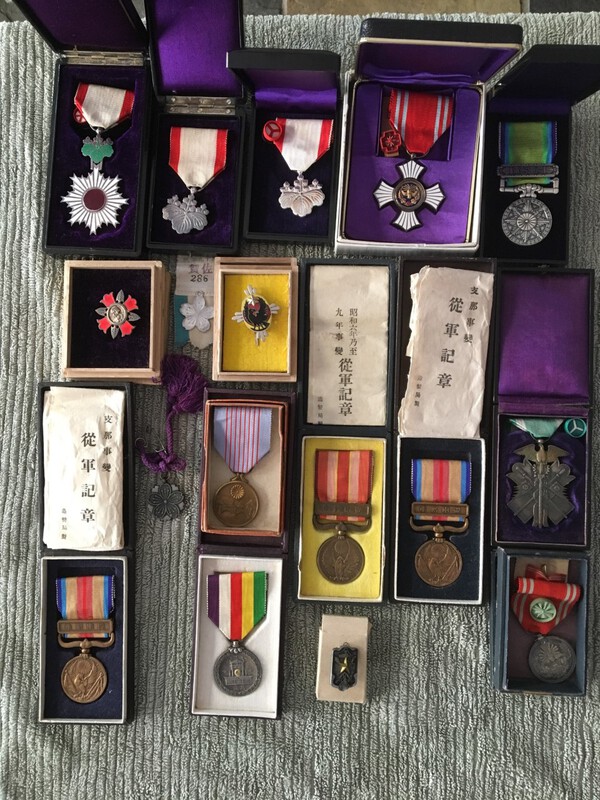













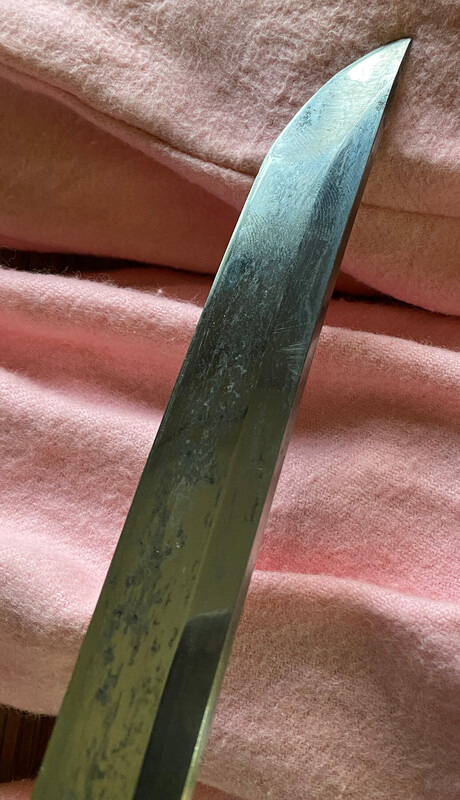


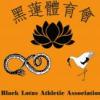


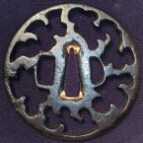
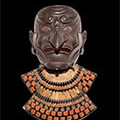


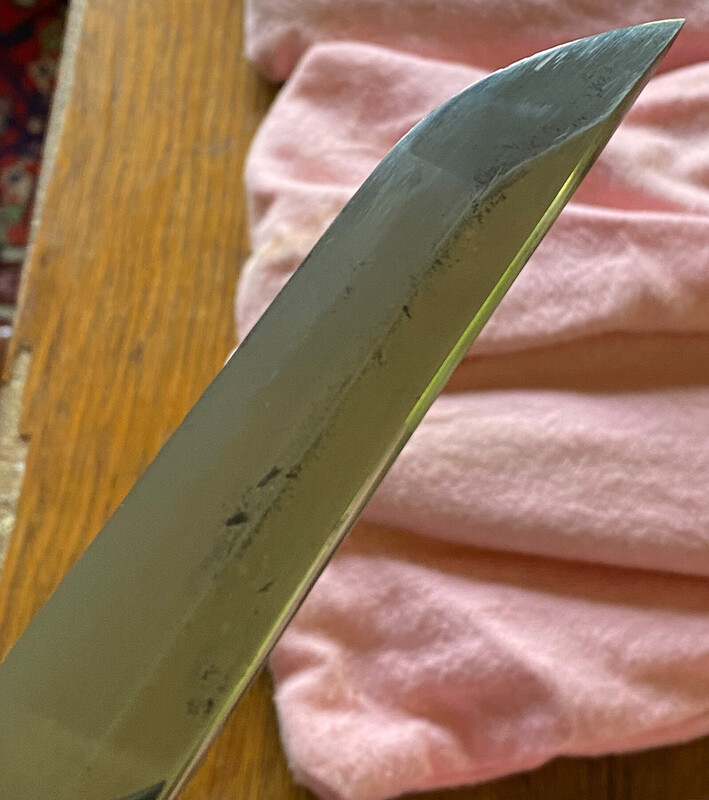




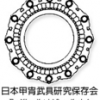

.thumb.jpg.bc10b59027a00aa142dce0349f3ba9e0.jpg)

